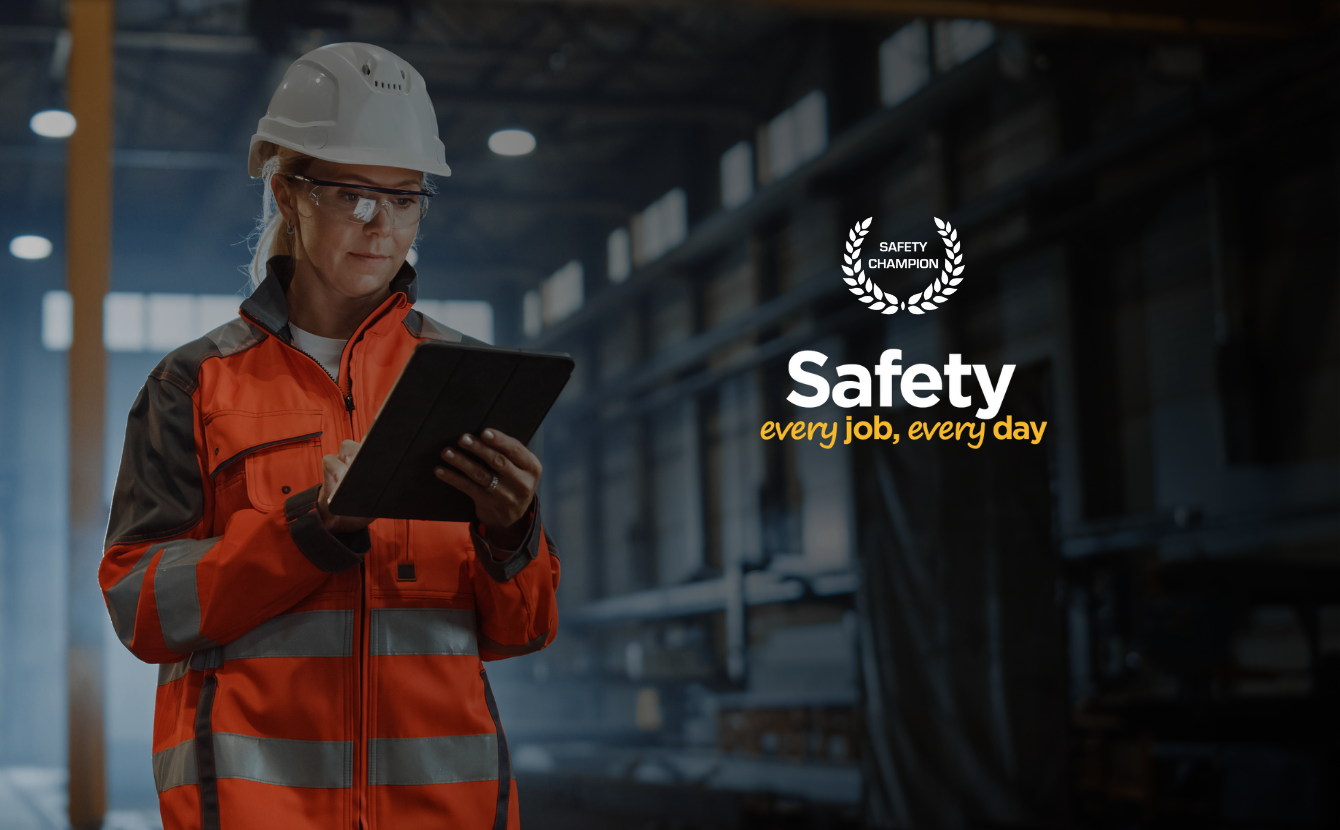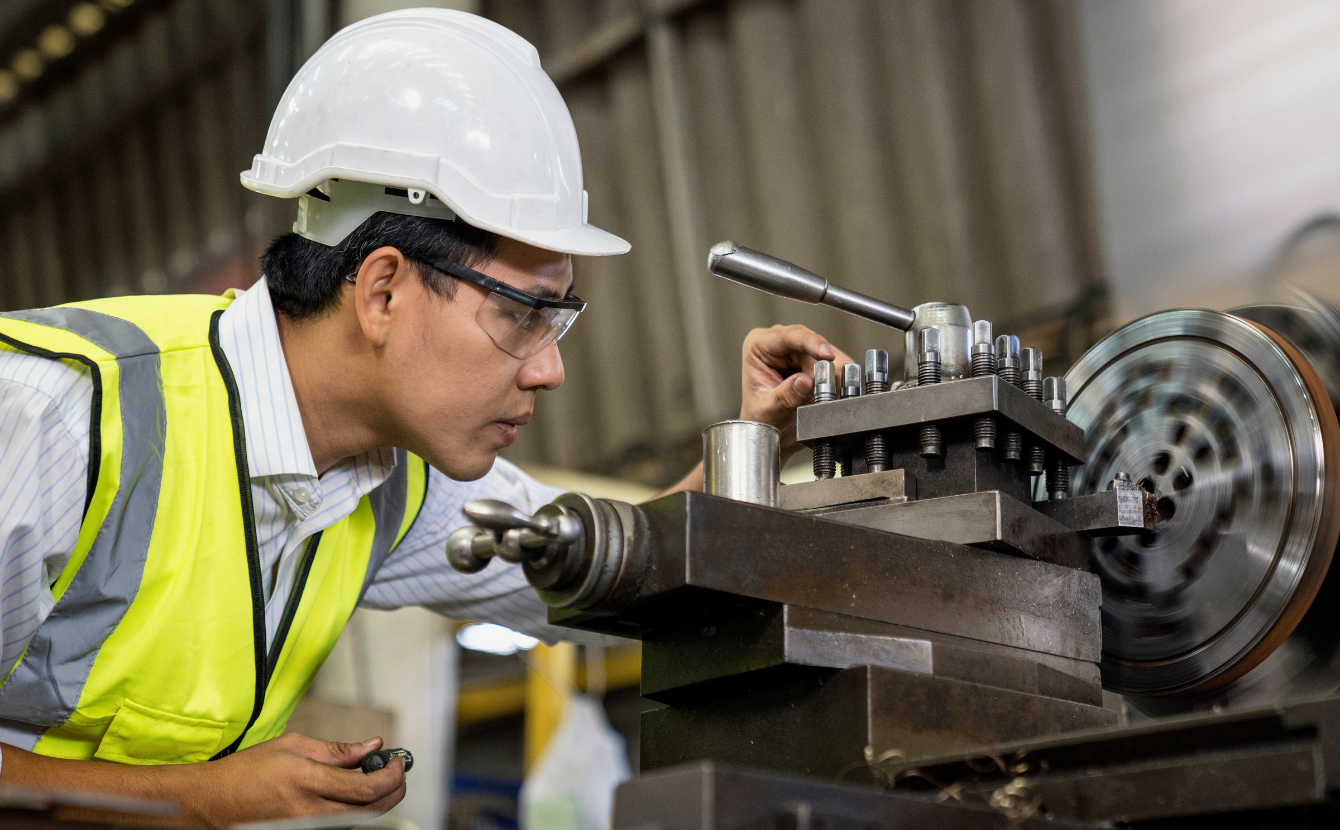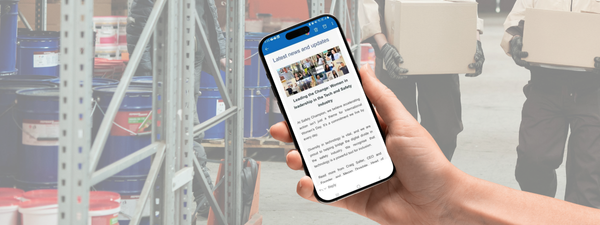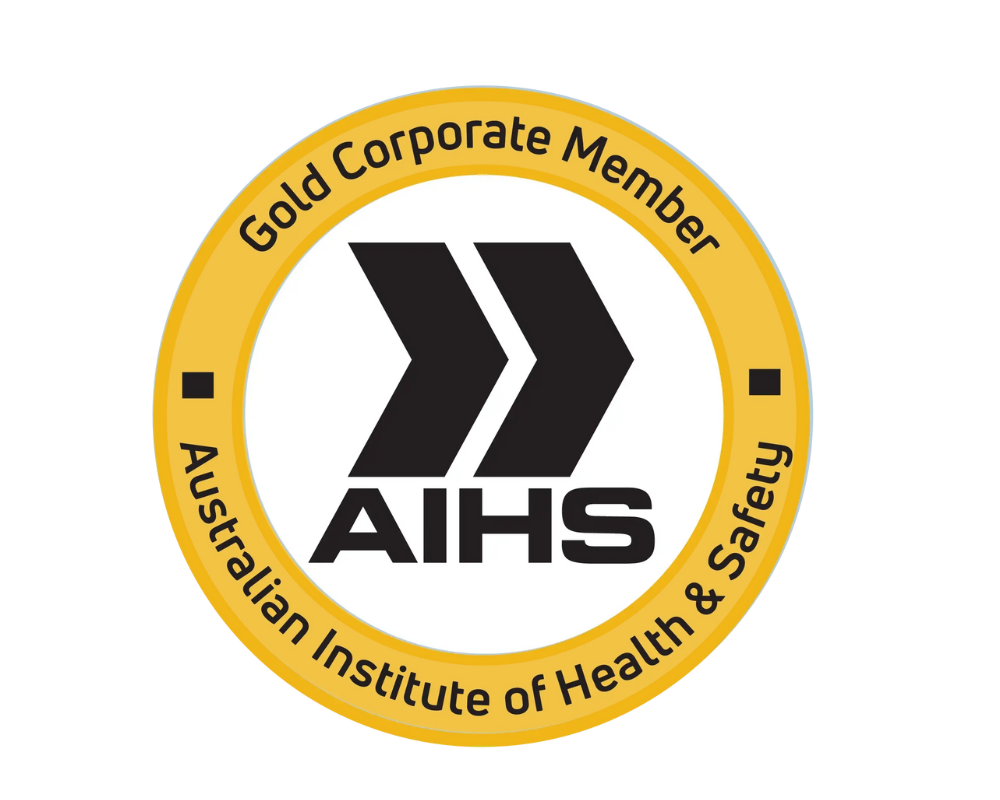Training is an important component of your health and safety program. It ensures that your workers have the appropriate knowledge and skills to competently complete the requirements of their job safely. What training looks like will vary considerably from business to business. Like everything training can be hit and miss. Some training will be effective and engaging, while other training will send workers to sleep, leading to zero-impact and retention.
To ensure that you get to most out of your training, we have reviewed some training methods so your can align your programs to achieve the deliverable you are after. Here, we have taken a look at blocked versus random practice; which you’ve probably come across in a sporting context before. Here’s how they work when learning a new skill like hitting a ball;
- Blocked practice: Learn the skill from several scenarios by acting out Scenario A 10 times, before moving onto Scenario B, and then onto Scenario C.
- Random practice: Learn the skill from several scenarios by acting out Scenario A once, Scenario B once and Scenario C once and repeat this 10 times
Ok, so now which one do you think is more effective in helping the skill be retained? The answer is dependent on whether you were assessing the performance after the initial training, or the performance at a later date.
Blocked practice should produce better performance than random practice during the initial training. It is an effective way for the participant to ‘understand’ the components of the individual skill. However, once the initial components of the skill are understood, it is random practice that will improve the participant’s ability to retain the skill.
Why? Because during random practice, the participant is required to work through the whole skill (from start to finish), as they switch between the different scenarios; rather than making minor adjustments to the skill, using their knowledge from their past performance. In brief, this causes more brain stimulation and activity. More brain activity results in better long-term learning.
So, to help your workers really understand the skills to undertake their job safely, your health and safety training should consider shifting from blocked training scenarios to a more randomised approach if this reflects the work that they are undertaking. Whilst challenging for your workers initially – “mixing things up” will improve their skills, help them recall the “skill” in the future, ultimately lead to a safer workplace.
Our OHS Software solution helps you manage your worker’s training better. Contact us to find out how.




